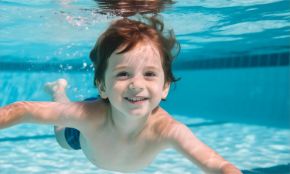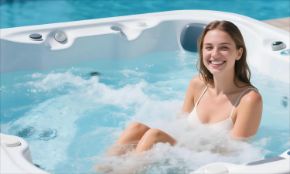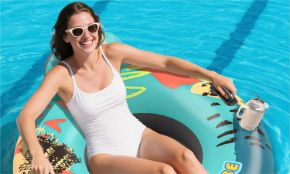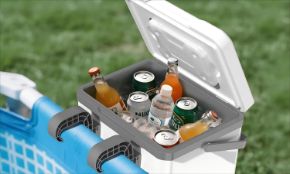Pool Chlorine & Pool Sanitizer
POOLACC pool Chlorine|Crystal Water,Pure Joy
Liquid Chlorine: High-efficiency disinfection for large pools, acting quickly to kill microbes.
Calcium Hypochlorite: Granular shock treatment with strong oxidizing power to tackle contaminants.
Usage Tip: Maintain 1.0–3.0 ppm free chlorine and avoid mixing with acidic substances.
POOLACC Pool Sanitizers
Bromine Tablets: Stable in hot water (perfect for spas/hot tubs) and gentle on skin, ideal for sensitive swimmers.
Metal Prevent: Non-irritating, odor-free formulas that inhibit microbial growth without harsh chemicals, suitable for all pool environments.
Poolacc Application Guide
1. Routine Care: Use chlorine as your primary sanitizer and adjust pH to 7.2–7.8 with Poolacc pH tools.
2. Specialized Needs: Switch to bromine for hot water or opt for ozone/UV + low chlorine in indoor pools or for chemically sensitive users.
3. Monitoring & Maintenance: Regularly test free chlorine, pH, and TDS; shock treat with non-chlorine sanitizers to break down chloramines and keep water fresh.
Ready to Simplify Pool Care?
Choose Poolacc’s trusted products for effective, balanced hygiene—whether you need fast-acting chlorine, gentle bromine, or innovative chemical-free solutions.
Shop now and discover the perfect fit for your pool!
_00@0,1x.png)






